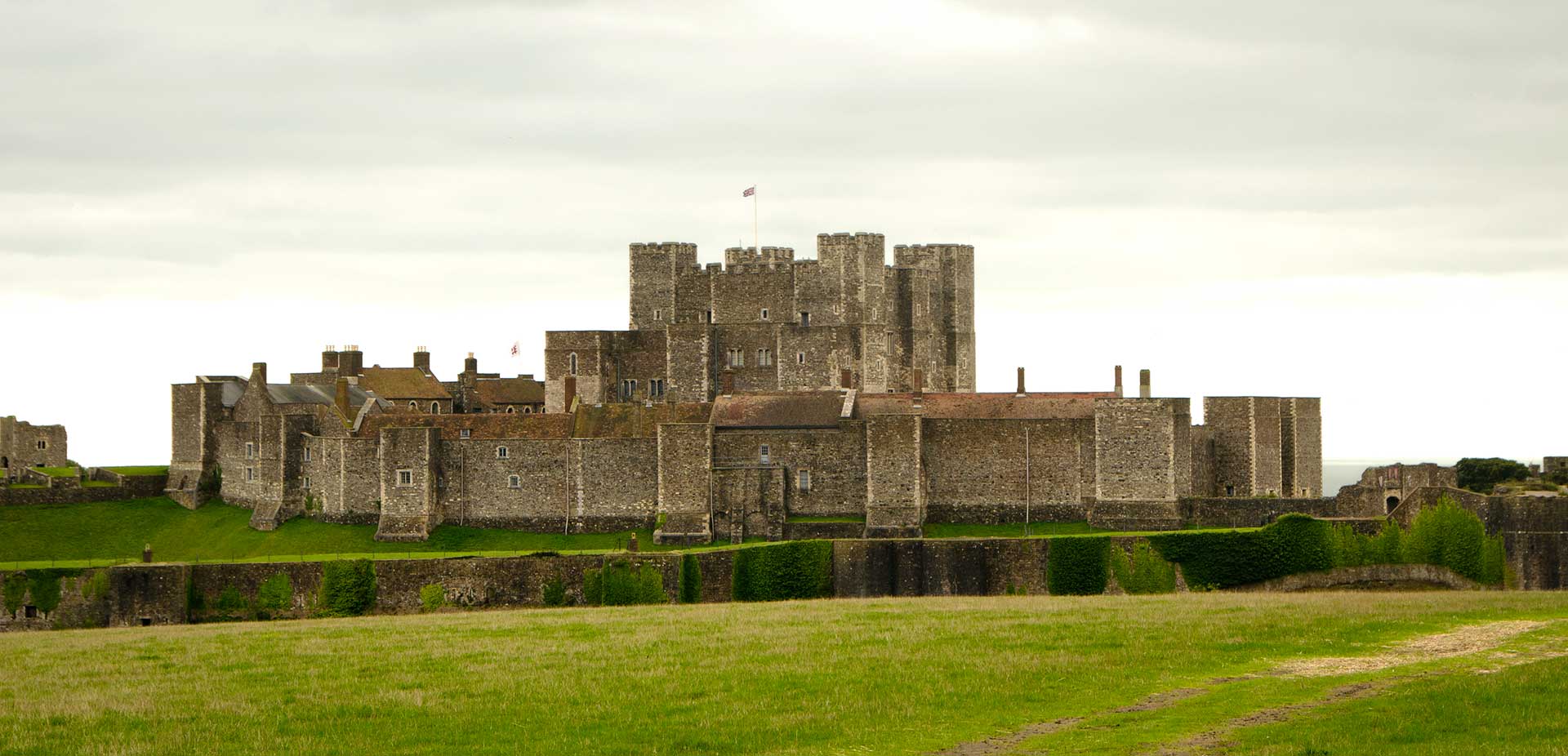
EASY TO COOK LENTIL SOUP
17th January 2019
WHY GREAT CREATIVE REQUIRES A HUMAN TOUCH
30th January 2019A Weekend Getaway To Dover Castle
A WEEKEND GETAWAY TO DOVER CASTLE
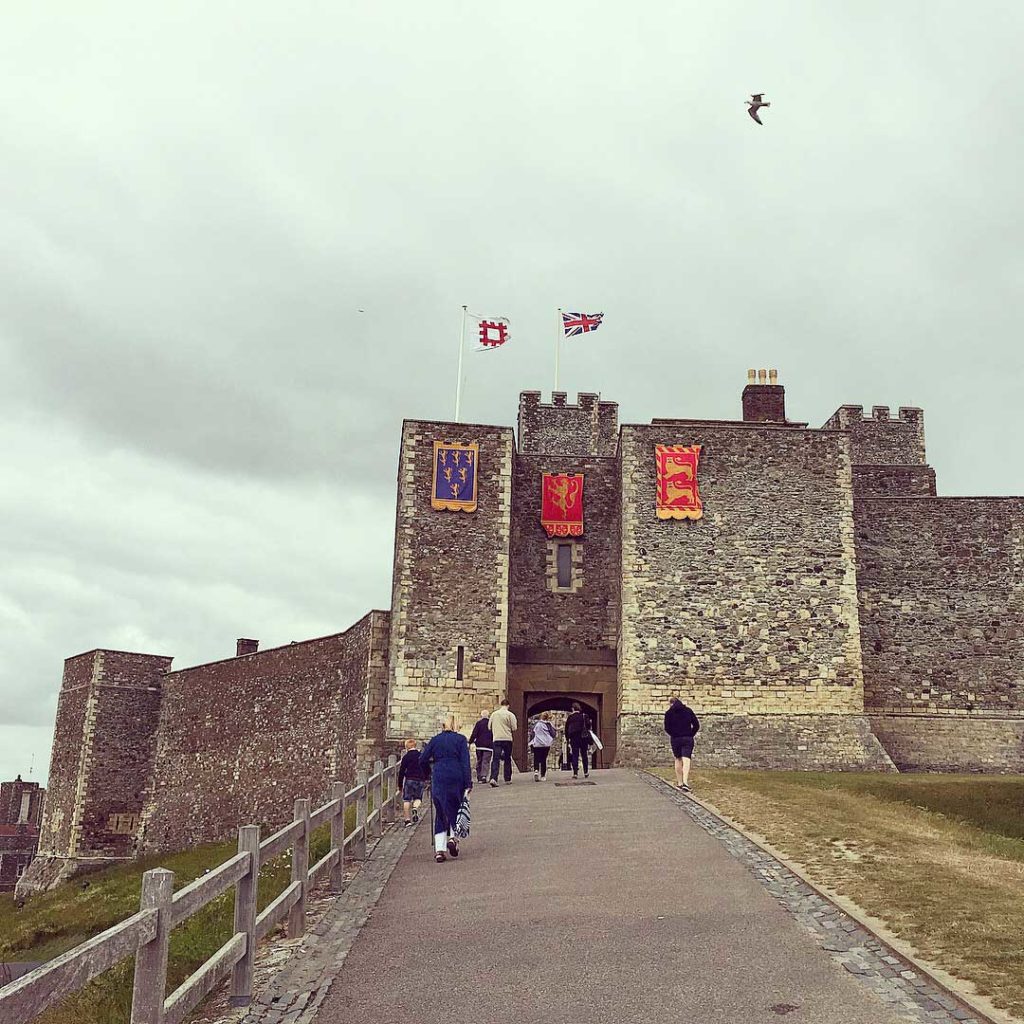
Although I’ve visited many castles in Turkey in my life – Çeşme Castle in İzmir and Alanya Castle in Antalya, for example – as a newbie in London, and a recent arrival in the UK as a whole, I’d not had the chance to visit any of England’s castles. As a result, I was really excited in July last year to get the opportunity to head down to Dover, with my boyfriend James and his family, to see its remarkable castle. We have an annual membership to English Heritage, the body who look after the amazing history and built heritage of my new home country, which allows us to visit any of their 400 historic sites for free all year.
Dover Castle is extraordinary, and far larger and more fortified than anything I’d seen before. It stands on Kent’s iconic White Cliffs, looming over the English Channel, watching over the closest crossing point to France. This magnificent castle is one of England’s oldest and largest castles, and is an imposing, impressive, even slightly unnerving sight. It is easy to see why it was England’s first line of defence for so long, standing guard against mainland Europe, and why it has been described throughout history as ‘The Key to England’.
Although the castle as it stands today dates from the Norman Conquest in 1066, and was one of William the Conqueror’s first gains, Dover has been strategically important, and a heavily fortified place since long before that. Indeed, when William first arrived it was apparently considered impregnable! It was possibly a fort as far back as the Iron Age, certainly a location for a Roman lighthouse, and a serious fortification under the Saxons.
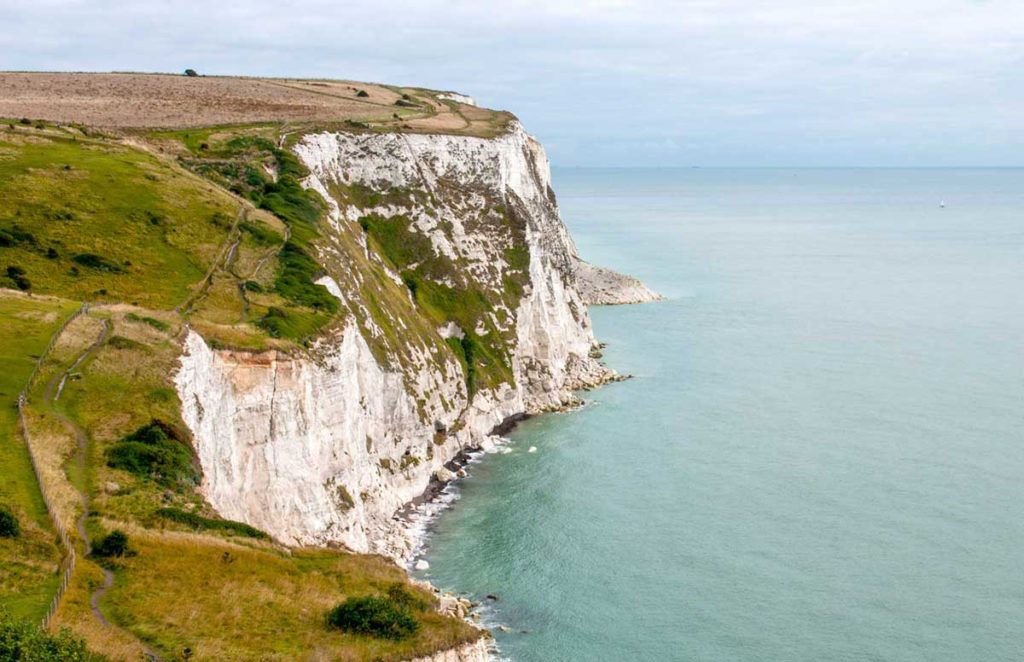
Quite apart from the magnificence of the castle itself, the location is breathtaking. The White Cliffs of Dover are famous, and rightly so – genuinely beautiful, in a stark, cold, English sort of a way. This cold beauty was of course emphasised by some classic English summertime weather…freezing cold and blowing a gale!
At first glance, Dover Castle is all about its Medieval history. The Great Tower, built by Henry II, dominates the site, and the history and interpretation inside is great. However one the most fascinating aspects of the site for me is its less well known, hidden element…the secret history, you might say. Because underneath the castle, buried deep in the chalk cliffs, are three miles of underground tunnels that have been equally key to the defense of England and the UK, although in a far more clandestine, mysterious way.
The tunnels were actually first dug during the Napoleonic Wars in the 18th century, but truly became important during the Second World War. An air raid shelter, an underground hospital, and most interestingly, the place from where Operation Dynamo, the Miracle of Dunkirk, was directed. Admiral Sir Bertram Ramsay, headquartered here, was in constant communication with Winston Churchill as they oversaw the ‘little ships’ rescuing British and French soldiers from the beaches across the Channel. The tunnels themselves are incredibly atmospheric, moving and poignant, and you really get a sense of the tragedy of war, and the extent of the miracle that took place at Dunkirk. The smells and the sounds of the medical equipment in the underground hospital only add to the atmosphere.
“I am ready to meet my Maker. But whether my Maker is prepared for the great ordeal of meeting me is another matter.”- Winston Churchill
As is often the case, learning about these tragic and poignant events can bring on a burst of creativity, and I was so inspired by my visit that I went home and designed a piece of art to remind me of it, and to share my experiences with others.
The trip was lovely, it was great to spend a bit of time with James’ family, and the castle itself is truly magnificent, and well worth a visit. There’s so much to do in Dover as a whole, more than enough for a full day out, and I would love to have a chance to explore more at some point in the future.
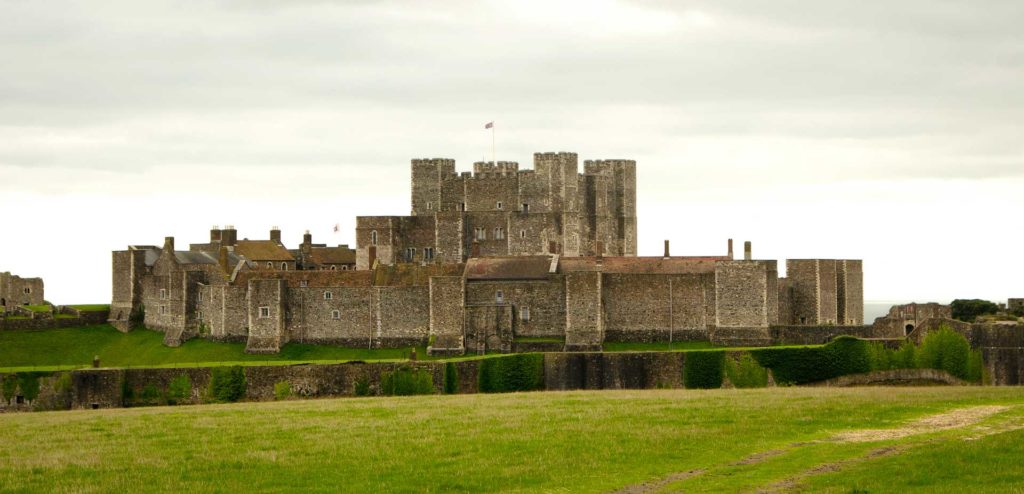

Entrance to Dover Castle 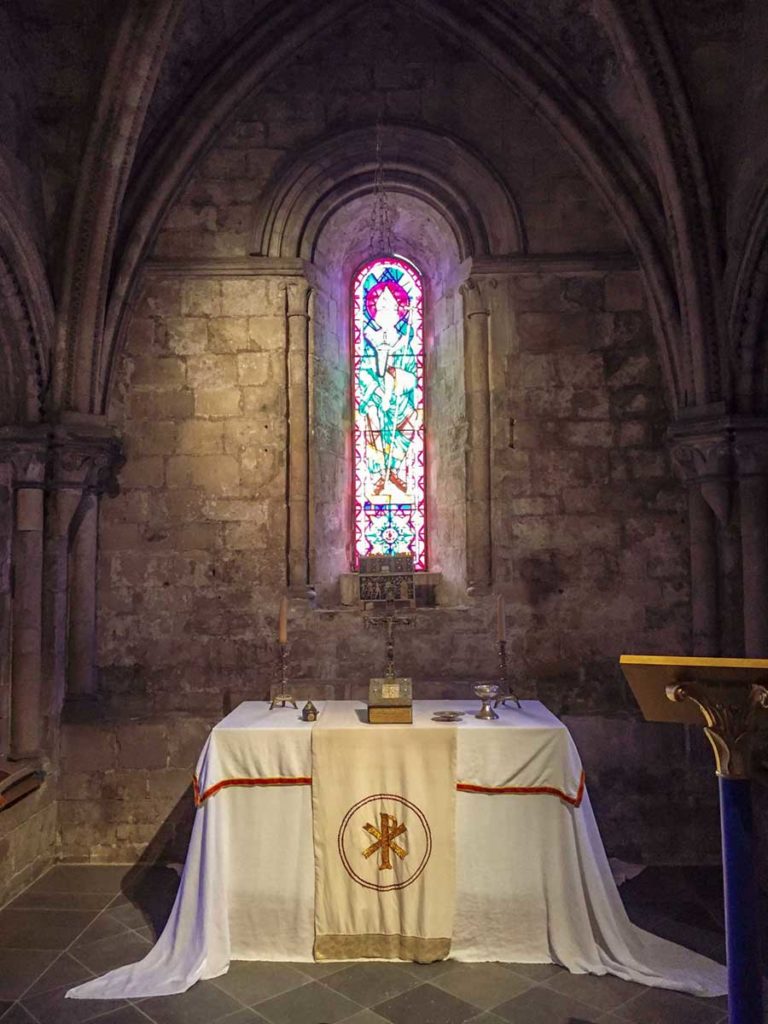
The Chapel at Dover Castle. 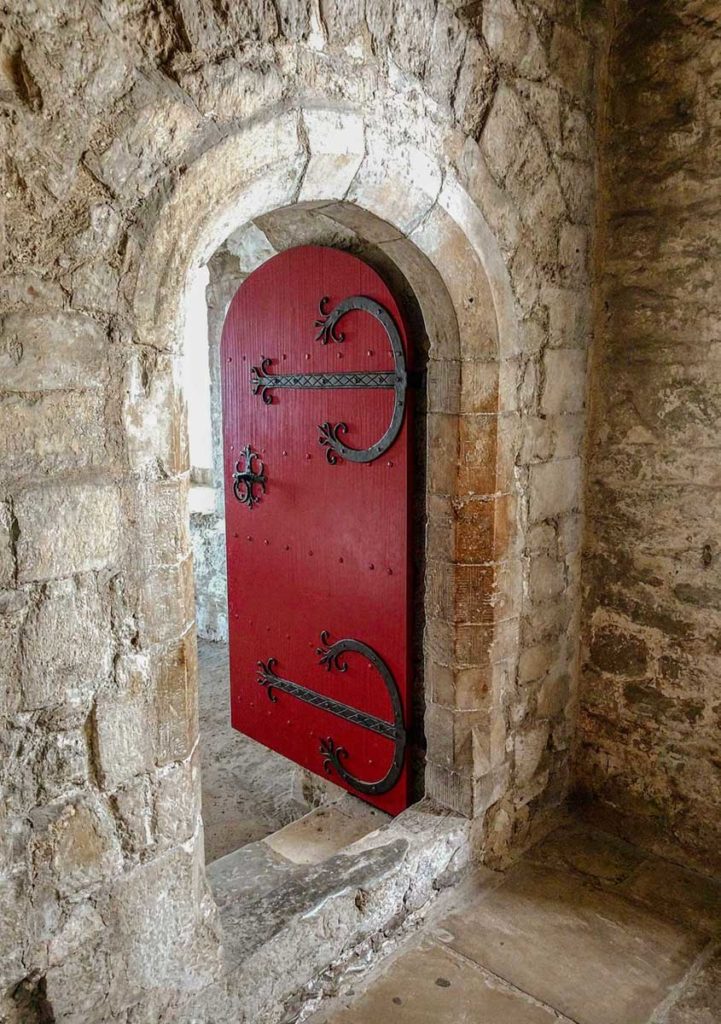
Inside the castle 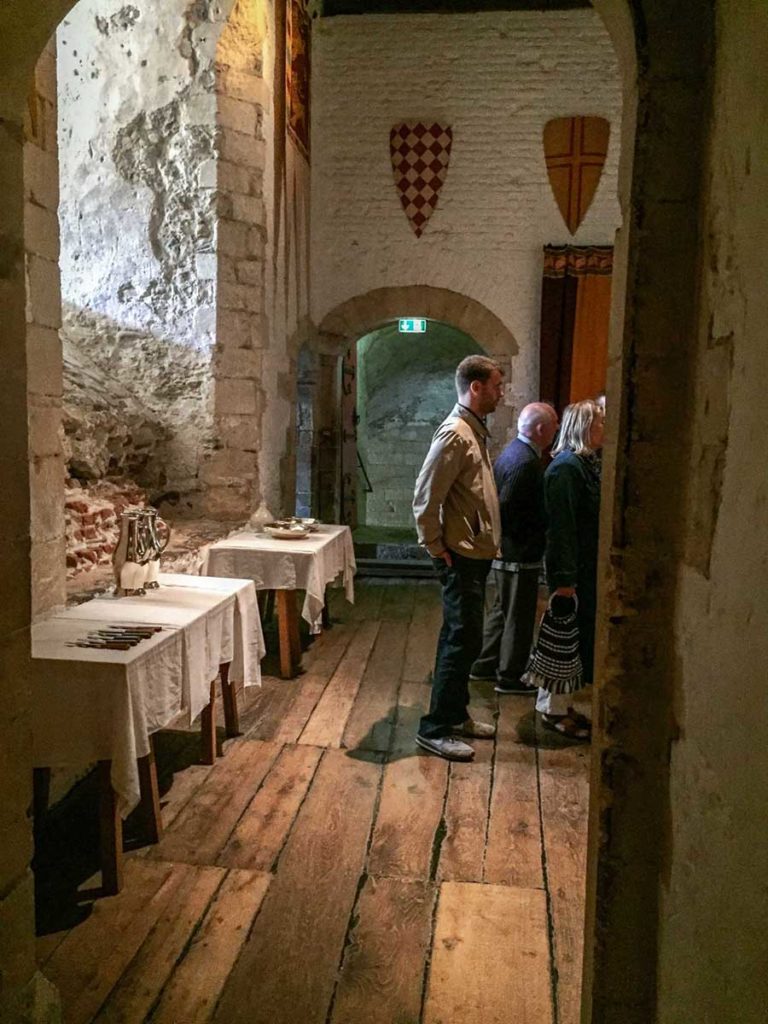
The Banqueting Hall at Dover Castle 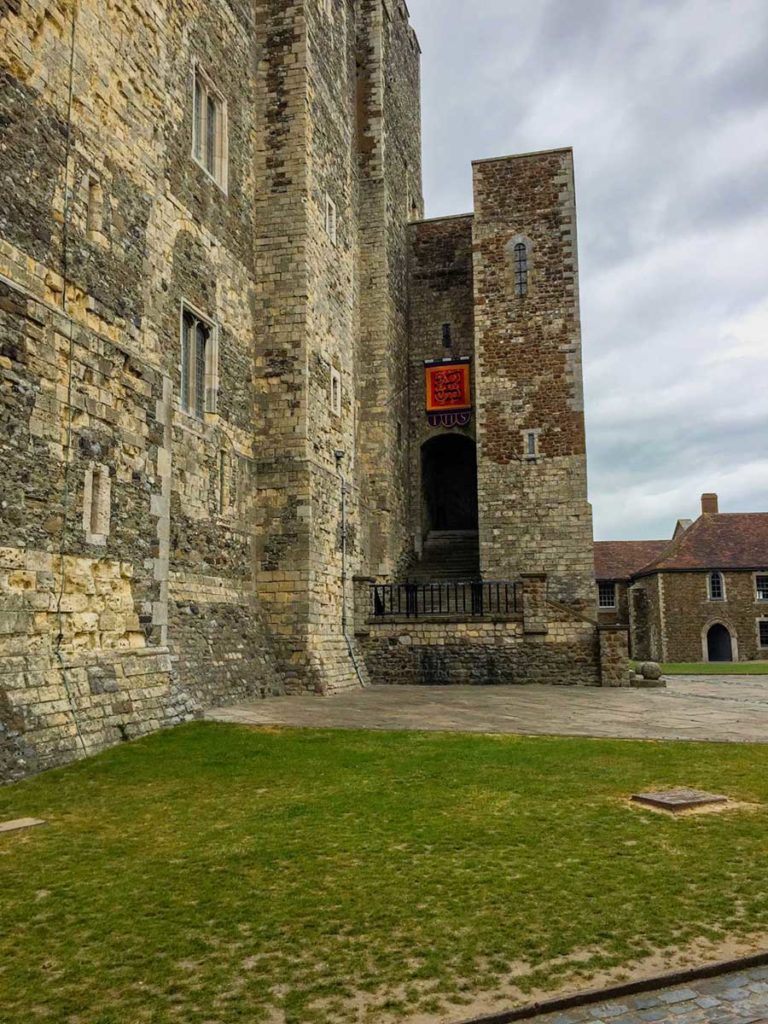
Outside the Great Tower, Dover Castle 
Blue Castle Door Curtain Dover Castle 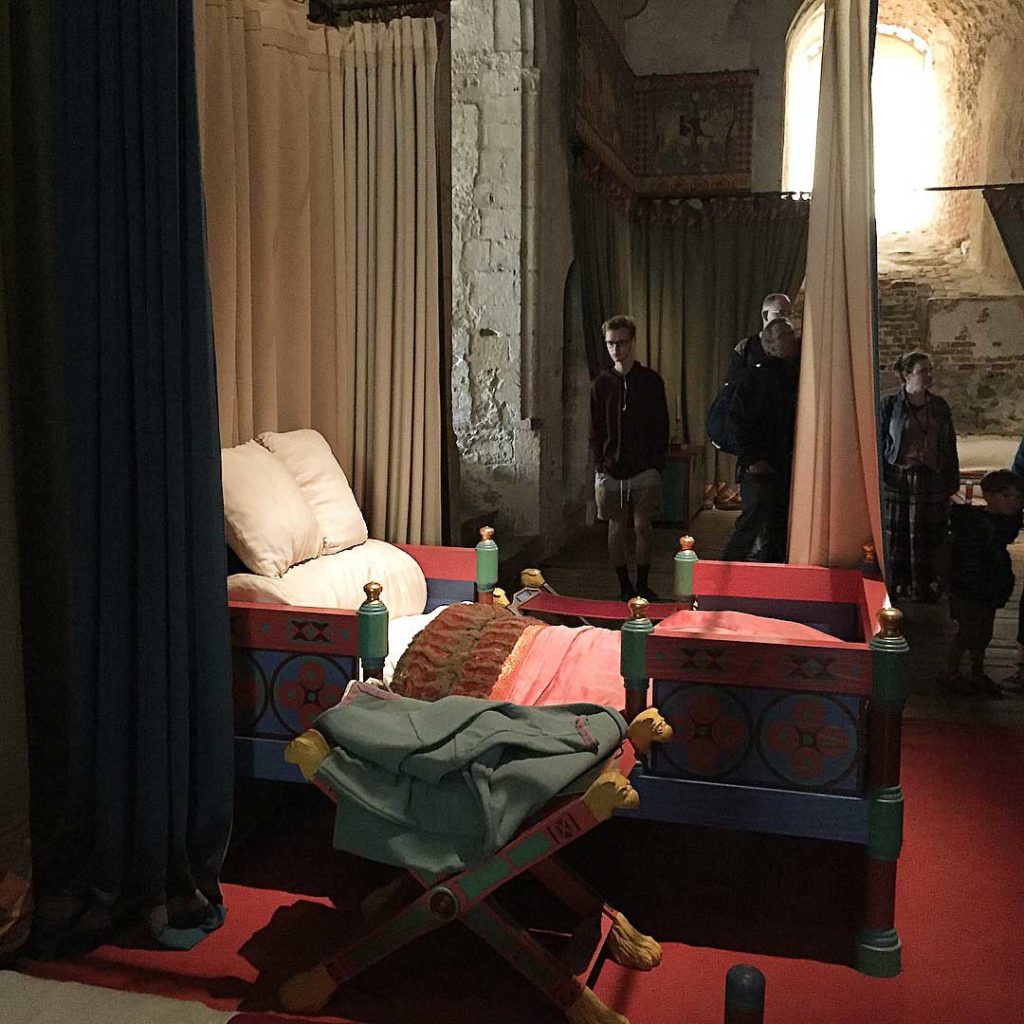
The King’s Chamber. 
Light shining through Dover Castle window. 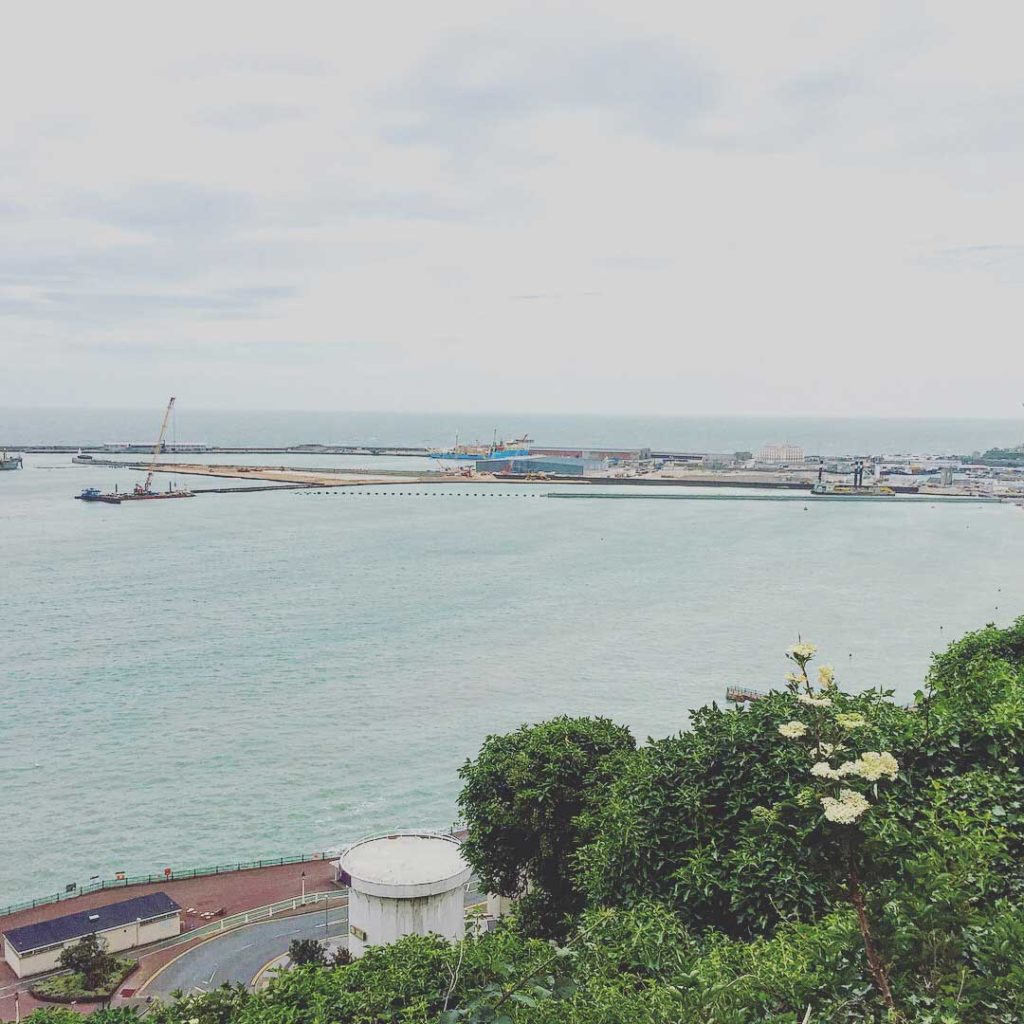
Dover Harbour. 
View on Dover castle, England. 
Stairs at Dover Castle, England.
